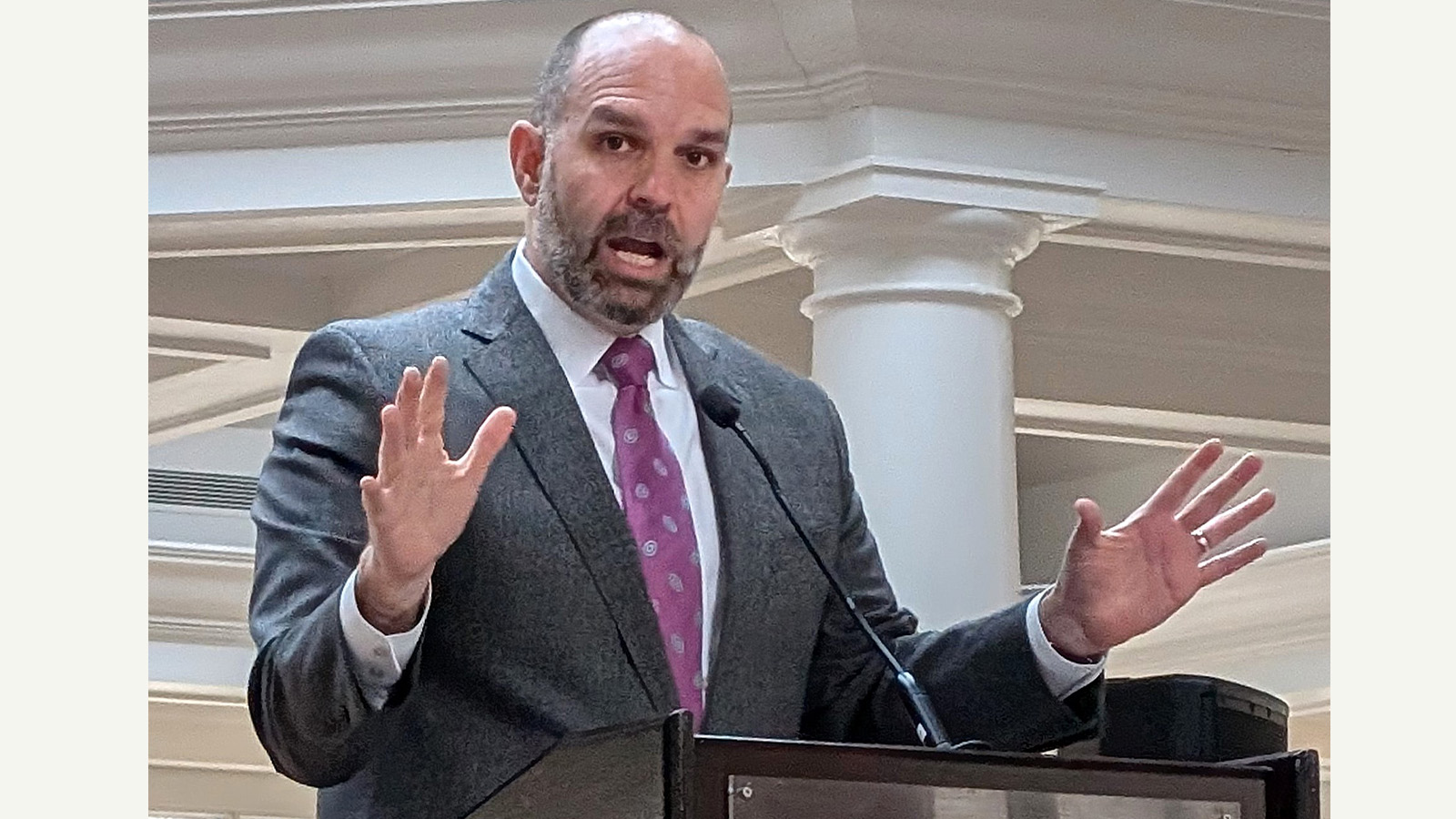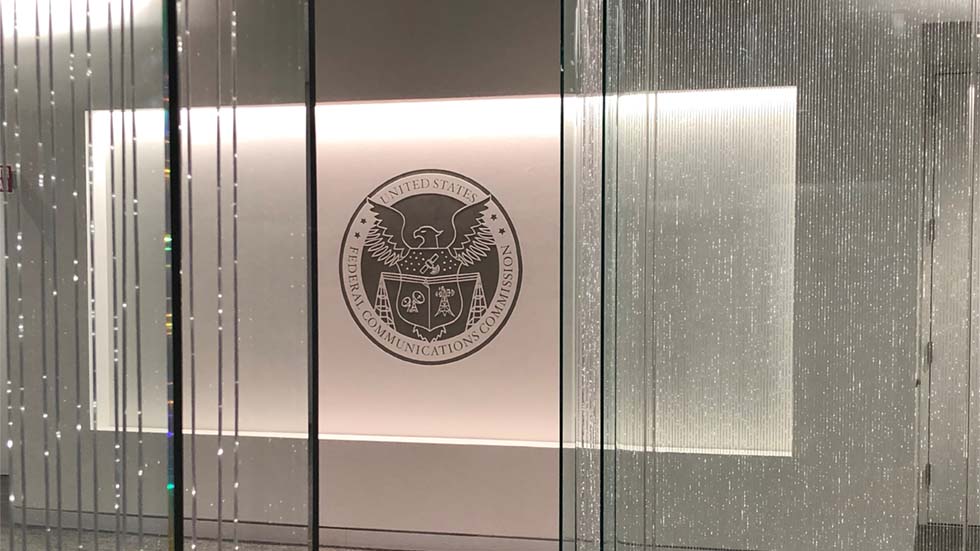NAB CEO LeGeyt Discusses Ownership Regs, 3.0 Transition With FCC’s Trusty
At the meeting, NAB officials urged the regulator to act ‘to ensure that broadcasting remains a competitive and meaningful part of the American media landscape’

WASHINGTON—NAB president and CEO Curtis LeGeyt met this week with Federal Communications Commission member Olivia Trusty and FCC staffers to urge that the agency move quickly to enact a “long-overdue reform" of the Commission’s broadcast ownership restrictions and pass rules to help the broadcast industry speed the transition to NextGen TV/ATSC 3.0.
In a July 16 letter to the FCC, Rick Kaplan, chief legal officer and executive vice president legal and regulatory affairs at the National Association of Broadcasters, disclosed that on July 14, LeGeyt and Kaplan met with Trusty. her chief of staff and senior counsel, Krista Senell, and her acting legal advisor, Jessica Kinsey, on behalf of the broadcaster trade group.
“Our conversation focused on two urgent and interrelated issues vital to the continued vitality of local broadcasting: (1) the need for long-overdue reform of the Commission’s broadcast-only ownership restrictions; and (2) the critical role the FCC must play in completing a nationwide transition to ATSC 3.0,” Kaplan wrote in the letter.
During the meeting, the NAB officials “emphasized the pressing need for the Commission to modernize both the local radio and television ownership rules and the national TV ownership cap,” the letter said. “These regulatory frameworks were designed for an era that simply no longer exists. Today’s broadcasters face unprecedented competition from national and global digital platforms that are unconstrained by local service obligations, structural limits, or public interest requirements. Without the ability to operate at meaningful scale, local broadcasters struggle to make the investments necessary to serve their communities with trusted local journalism, emergency information, and culturally relevant content. Each day that passes without reform further disadvantages broadcasters—and ultimately the American public—in a land of unconstrained non-broadcast media giants.”
The FCC has issued a Public Notice seeking comments on its ownership rules; comments on that issue are due in August.
In terms of ATSC 3.0, which has been a topic of several recent meetings by both proponents and opponents of the NAB’s plans for the transition, the NAB highlighted ongoing efforts by broadcasters to invest in the new technology while emphasizing that FCC action on ATSC 1.0 sunset and other issues is essential.
“The transition, however, cannot be sustained indefinitely and demands regulatory clarity. Broadcasters need prompt Commission action on pending technical and policy matters, including a clear path forward to complete the transition as set forth in NAB’s petition earlier this year,” the letter noted. “NAB also addressed the disingenuous and blatantly anticompetitive objections registered by certain players in the ecosystem that are clearly threatened by a competitive free video service available to consumers throughout the nation.”
The professional video industry's #1 source for news, trends and product and tech information. Sign up below.
In a recent meeting with the FCC, the Pearl TV consortium of broadcast station owners took a similar tack, arguing that Consumer Technology Association members and TV manufacturers had a conflict of interest in opposing a speedy transition to 3.0 broadcasts. Pearl TV representatives complained that TV set manufacturers are ‘incentivized’ to oppose ATSC 3.0 tuners because their FAST channels compete with broadcasters for ads and audiences and that they were trying to “stifle” broadcast innovation.
Kaplan’s letter to the FCC stressed: “The stakes are high. Local broadcasters are striving to secure a future that is free, local, innovative and resilient. But doing so requires timely, forward-looking action from the Commission. NAB respectfully urges the FCC to move expeditiously on the local and national broadcast ownership and ATSC 3.0 dockets to ensure that broadcasting remains a competitive and meaningful part of the American media landscape.”
The CTA, which represents major consumer technology providers, has opposed both the NAB’s proposals for a mandatory shutdown of ATSC 1.0 signals beginning in 2028 and a requirement that new TV sets have 3.0-capable tuners, saying the transition should be voluntary and that tuner mandates would raise the cost of sets for many buyers who are not interested in getting over-the-air broadcasts.
The CTA, along with groups representing LPTV broadcasters and pay TV operators, met with the FCC in late June to oppose tuner mandates and other aspects of the NAB proposals for the transition.
The full NAB letter is available here.
George Winslow is the senior content producer for TV Tech. He has written about the television, media and technology industries for nearly 30 years for such publications as Broadcasting & Cable, Multichannel News and TV Tech. Over the years, he has edited a number of magazines, including Multichannel News International and World Screen, and moderated panels at such major industry events as NAB and MIP TV. He has published two books and dozens of encyclopedia articles on such subjects as the media, New York City history and economics.

